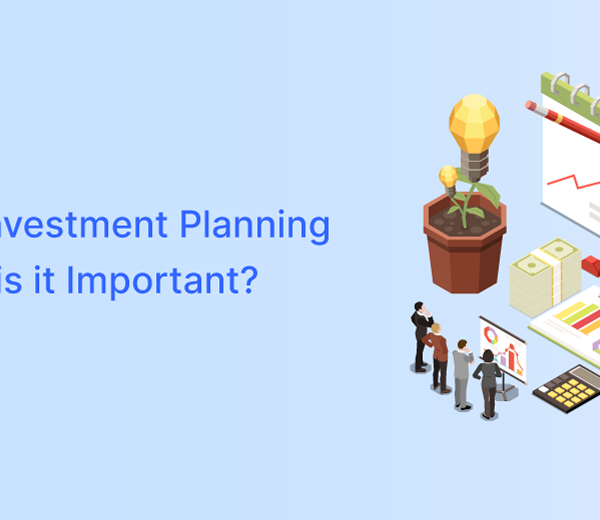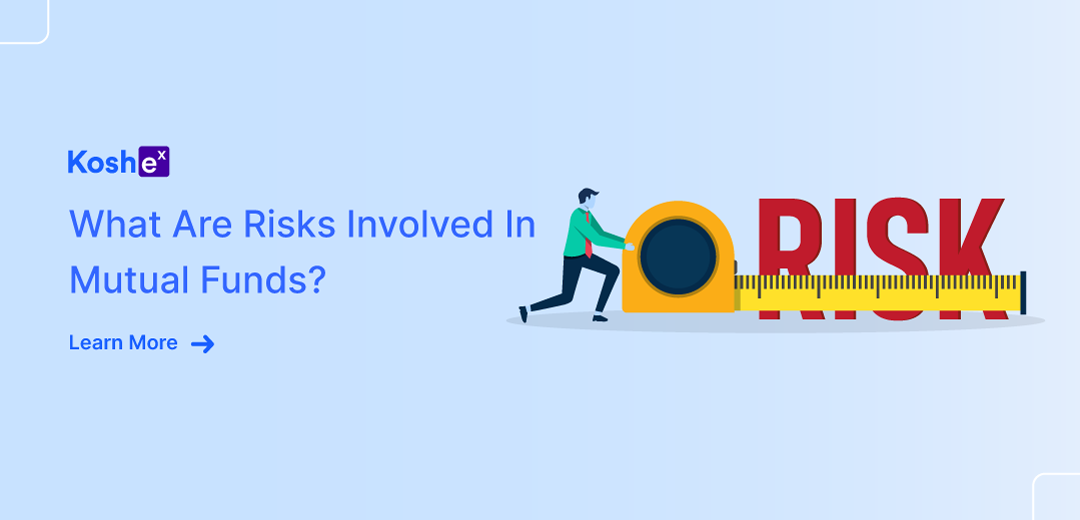Employee Provident Fund
Employee Provident Fund holds the promise of stability, security, and a flourishing financial tomorrow. Beyond their conventional role, these funds have a lot of advantages that can shape your financial future.
In today’s digital era, managing your provident funds has been revolutionized by platforms like Koshex. Koshex takes the hassle out of handling your provident funds and provides you with the hyper-personalized insights needed to fill the gap between aspirations and execution, making your financial management convenient. Sign up with Koshex today and embark on a path toward financial prosperity.
What is an Employee Provident Fund?
An Employee Provident Fund (EPF) is a well-known savings scheme established under the authority of the Government of India, closely regulated by the Ministry of Labour. This scheme operates as the primary component of the Employee Provident Fund and Miscellaneous Provisions Act of 1952.
The objective of an Employee Provident Fund
The core objective of the EPF scheme is to assist individuals in building a substantial retirement fund. It encourages a savings discipline, primarily targeting salaried employees. The EPF is funded by contributions from both the employer and the employee, each responsible for contributing 12% of the employee’s basic salary, which includes dearness allowance.
Upon reaching retirement age, individuals are entitled to receive the entire sum of their contributions, combining both the employer’s and employee’s shares, along with earned interest, as a lump sum payment.
It is important to note that, effective 1 April 2022, any interest on an employee’s contribution to EPF up to ₹2.5 lakhs per year is tax-free and any interest earned on a contribution over and above ₹2.5 lakhs is taxable in the hands of the employees. The threshold of ₹2.5 lakhs is increased to ₹5 lakhs in case the employer is not contributing towards EPF.
What Are the Benefits of EPF?
There are several benefits of EPF as mentioned below:
1. Retirement Planning
Employee Provident funds allow you to shape a secure future by regular contributions and gradually building a robust retirement corpus. EPF helps you craft a life of financial independence, where your retirement is characterized by comfort and peace of mind.
2. Tax Benefits
Tax benefits play a pivotal role in provident funds. The contributions to PF are eligible for tax deductions under Section 80C of the Income Tax Act, i.e., in a financial year, a tax exemption of up to Rs.1.5 lakh can be claimed.
3. Consistent Financial Growth
The power of EPF lies in its consistency. Each contribution, regardless of its size, contributes to a reserve that grows over time. This accumulation transforms into a potent financial asset, capable of meeting your evolving needs and aspirations.
What Is the Eligibility Criteria for EPF?
The eligibility criteria for the Employee Provident Fund (EPF) are as follows:
Mandatory for Companies
Any company with a workforce exceeding 20 employees is obligated to register with the Employees’ Provident Fund Organisation (EPFO) of India
Voluntary Registration
Even companies with fewer than 20 employees have the option to voluntarily register for the Employees’ Provident Fund.
All Salaried Employees
All employees who receive a salary are eligible for EPF benefits, regardless of the size or nature of the employing organization.
Compulsory for Lower Income
It is mandatory for employees earning a monthly salary below ₹15,000 to register for EPF.
Voluntary Participation
Employees earning more than ₹15,000 can also choose to participate voluntarily in the EPF scheme.
These criteria define who can participate in the EPF scheme, making it accessible to a broad spectrum of the working population in India.
What is the Interest Rate on EPF 2023-24?
EPF interest rate 2023-24 is 8.15%, as per the EPFO’s (Employee Provident Fund Organisation) norms. A current EPF interest rate was fixed at 8.15% as per order number INV-11/2/2021-INV/2766 dt. 24-07-2023.
How is Interest Calculated on EPF?
Here’s how to calculate EPF interest. Contributions to this Employees’ Provident Fund are made monthly. However, the interest is calculated at the end of a year.
An interest rate of 8.15% is divided monthly, and that amount is paid to the employee. Therefore, monthly interest is 8.15%/12 = 0.6792%.
For a running balance of ₹6000, the interest calculated per month is shown as follows:
EPF Interest = Running balance for the month*0.6792/100%
the PF Calculator is your go-to tool for easy and effective provident fund planning
The categories of Employee Provident Fund (EPF):
1. Employees Provident Fund: Employers contribute 3.67% of the employee’s monthly salary to the EPF.
2. Employee’s Deposit Linked Insurance Scheme (EDLIS): Employers allocate 0.50% of the monthly salary towards EDLIS.
3. Employees’ Pension Scheme (EPS): A significant portion, 8.33% of the salary, is directed towards EPS.
4. EDLIS Administrative Charges: A nominal fee of 0.01% is contributed to EDLIS administrative charges.
5. EPF Administrative Charges: Employers also allocate 1.10% of the employee’s salary for EPF administrative charges.
Example: If an employee earns ₹15,000 per month, their monthly contribution to EPF would be ₹1,800 (12% of ₹15,000). Simultaneously, the employer’s contribution would amount to ₹550.5 (3.67% of ₹15,000).
These various contributions ensure that employees are not only building a retirement corpus but also benefiting from insurance and administrative services as part of the EPF scheme.
How to Transfer EPF while changing jobs?
Transferring your EPF money when changing jobs ensures your retirement savings stay intact. Here’s a step-by-step guide:
Use Your Universal Account Number (UAN):
Your UAN remains the same even when changing jobs. Use it to initiate the transfer process.
Register on the EPF Member Portal
Start by registering on the EPF member portal if you haven’t already. This is a crucial step.
Login to Your Account
Once registered, log in to your account using your login credentials.
Visit the Online Transfer Claim Portal
Inside your account, find the Online Transfer Claim Portal section.
Request EPF Transfer
Here, you can request the transfer of your EPF funds. Make sure you meet the eligibility criteria.
Submit Form 13
If eligible, complete and submit Form 13. This form is essential for the transfer process.
Enter Required Information
Select ‘Request for Transfer of Funds’ and provide the necessary details as prompted.
Receive a PIN
Upon submission, you will receive a PIN on your registered mobile number. Keep this PIN handy.
Employer Authentication
To finalize the transfer, you’ll need your old or new employer to authenticate it.
This process ensures a seamless transfer of your EPF funds, safeguarding your retirement savings while you transition between jobs.
Final Takeaways on Employee Provident Fund
Employee Provident funds serve as a safety net during unforeseen emergencies to fuel long-term dreams, and its advantages are boundless. In this article, we have covered the multifaceted benefits of employee provident funds—financial stability, tax efficiency, education financing, wealth preservation, and more.
By embracing the lesser-known advantages of employee provident funds, you empower yourself to craft a brighter financial future. Whether for retirement, education, or homeownership, provident funds offer a steadfast path toward your goals.
Unlock the true potential of your financial journey with Koshex. Take charge of your provident funds, embrace the future, and set yourself on a path to financial prosperity. Sign up with Koshex today!
Frequently Asked Questions (FAQs)
Q1. Are there any penalties for withdrawing from my provident fund before maturity?
Ans Yes, withdrawing from your provident fund before maturity incurs penalties, taxes, or loss of interest. It is essential to understand the terms of your provident fund and the potential consequences before making premature withdrawals.
Q2. Are there any limitations on home renovation withdrawals from the provident fund?
Ans. Yes, there are limitations on withdrawing funds from your provident fund for home renovation. You can make the first withdrawal when your home is over five years old, with a mandatory gap of at least 10 years before the second withdrawal.









Leave a Comment